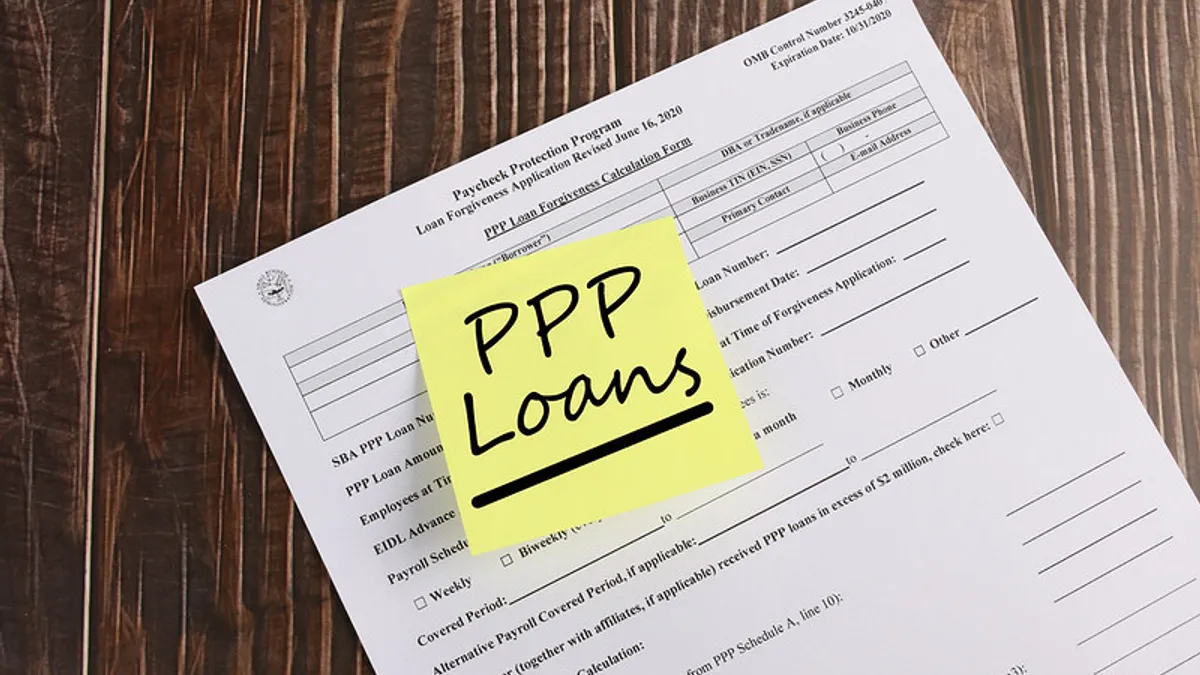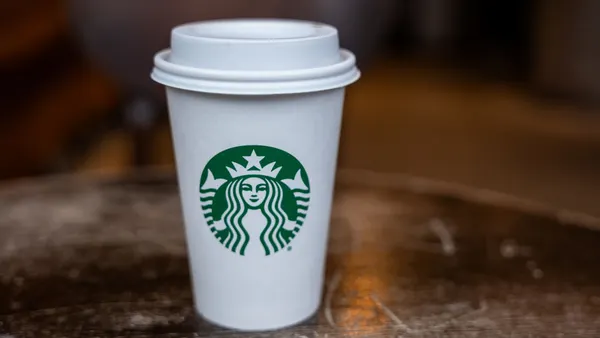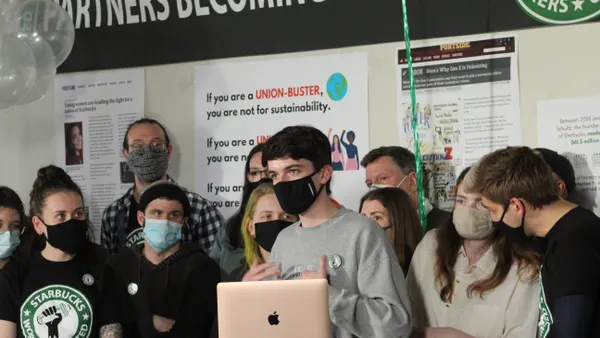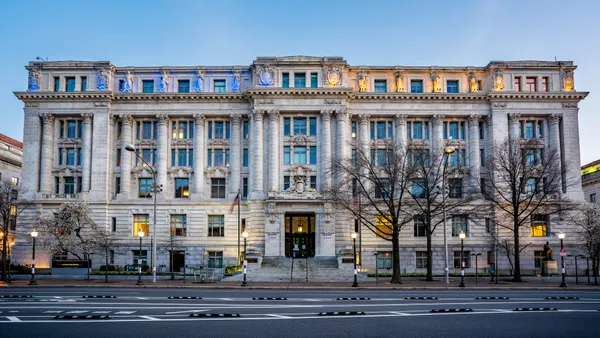Dive Brief:
- The Paycheck Protection Program stopped accepting new applications on Friday, three days before the fund was scheduled to close on May 31. The Small Business Administration said in a notice to lenders that "due to high volume of originations today the portal will be closing for new originations," according to The Wall Street Journal.
- The SBA has one month to process loan applications that were already submitted before the May 29 cutoff, The Wall Street Journal reports. The association is also processing thousands of pending forgiveness requests. PPP has provided more than $798 billion in economic relief to U.S. businesses, U.S. Small Business Administrator Isabella Casillas Guzman said in a statement Tuesday.
- Massachusetts Institute of Technology researchers estimated in July that PPP had added about 2.3 million jobs through the first week of June 2020, when the SBA had approved roughly 4.5 million loans (or $511 billion). But the program has been criticized by the restaurant industry for initially awarding deep-pocketed chains with financial aid and for PPP's shifting forgiveness guidelines, which have caused confusion.
Dive Insight:
PPP was a necessary stopgap for many restaurants on the brink of closure throughout the pandemic, and over 450,000 restaurants and hotels received loans across the program's consecutive rounds, Restaurant Business reports. As of May 23, the SBA approved 11.8 million PPP loans across both rounds of the program. Round one lasted from April to August 2020, and round two began in January.
PPP's second round awarded larger loans to hospitality and foodservice businesses to help keep these struggling industries afloat. Restaurants that could prove a 25% decline or more in gross receipts could apply for a loan up to 3.5 times their monthly payroll costs starting in January. In the 2020 round, businesses could only apply for up to 2.5 times their costs.
This increase helped some operators hang on as the restaurant segment waited for the SBA's $28.6 billion Restaurant Revitalization Fund to open and provide targeted relief in the form of grants instead of loans that would need to be paid back — an arrangement the National Restaurant Association and Independent Restaurant Coalition had pushed for since the start of the pandemic.
Unlike PPP loans, RRF grants could be put entirely toward costs like rent, utilities, maintenance, personal protective equipment, food and sick leave. Originally, PPP recipients had to put 75% of the loan toward payroll, but this was lowered to 60% during the second round, leaving the rest for other fixed costs.
Restaurants could also receive more money through RRF than PPP's second round. Under the most recent PPP round, maximum loan amounts were capped at $2 million while they were capped at $10 million under the first round. Through the RRF, individual restaurants could receive up to $5 million and restaurant groups could receive up to $10 million. The grants could be used in tandem with PPP loans. In 2021, 96% of PPP loans went to small businesses with fewer than 20 employees, Guzman said in a release.
The Treasury Department announced in October it would begin approving and paying out PPP forgiveness requests. Restaurants that don't qualify for forgiveness have five years to pay back their loan at 1% interest.
Now that both PPP and RRF have shut their doors, restaurants are wondering where their next shot in the arm will come from. Though rising vaccination rates and easing COVID-19 restrictions are helping the industry make up for lost sales, operators still face financial challenges as they contend with strong diner demand amid an incredibly tight labor market.
It's possible that RRF could be refilled, but this requires approval by Congress. In the meantime, the NRA is pushing for the creation of a state-based restaurant grant fund to support independent operators who continue to struggle.












